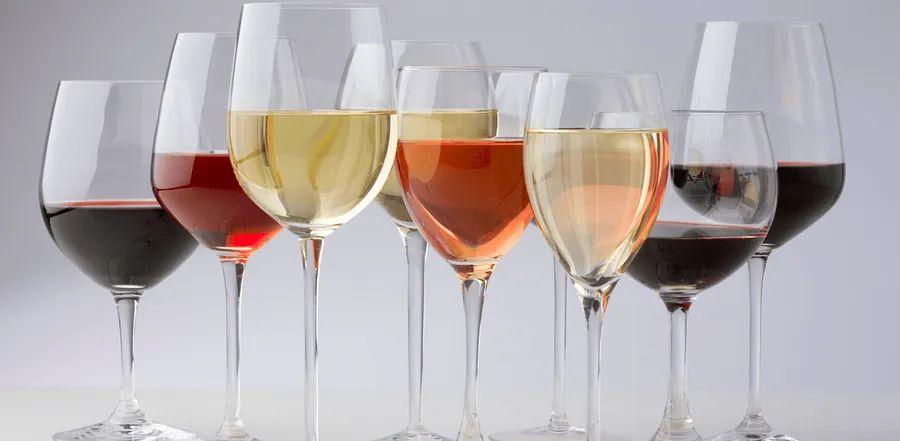Red Wine Glass vs. White Wine Glass: How Do They Differ?

The world of wine can be overwhelming, but understanding how the shape of your glass impacts the taste is key. Here’s a guide to help you distinguish between red and white wine glasses and how they affect your wine experience.
Does the Shape of Your Wine Glass Really Impact Taste?
Absolutely. The shape of the glass can indeed influence how the wine tastes — it’s not just a matter of preference, it’s backed by science.
A 2015 Japanese study captured images of ethanol vapors from different glasses and discovered that the shape of the glass impacted both the density and positioning of the vapors.
These vapors play a crucial role in the overall flavor of the wine, as your taste experience begins with your sense of smell.

So, What’s the Difference Between a Large Glass and a Smaller One?
Wine experts suggest that a larger glass allows the aromas to disperse more easily, enhancing the wine's aromatic complexity, while a smaller glass concentrates those scents, intensifying the wine’s flavor.
Stemmed vs. Stemless
While the bowl shape of the glass is key to how wine tastes, whether it’s stemmed or stemless comes down to personal preference. (A little insider tip: Stemless glasses are less likely to tip over).
What Else Impacts Taste?
If you're prone to filling your glass to the brim, here's something you might not want to hear: You should really stop pouring all the way to the top.
To fully enjoy your wine, leave room at the top of the glass to let the aromas gather. Whether that means sipping less or making more trips for refills is up to you—no judgment here.

Red vs. White Wine Glass
There are countless wine glass shapes out there—honestly, too many to worry about unless you're a sommelier.
For casual wine drinkers, distinguishing between a Bordeaux glass and a Viognier glass might be overkill. But recognizing the difference between a red and a white wine glass is actually pretty simple:
Red Wine Glasses
Red wine glasses typically feature rounded bowls with wide openings. This design helps to mellow the bitterness of tannins and spicy flavors, making for a smoother taste, as explained by Wine Folly.
Full-Bodied Red
For bold reds like Merlot and Cabernet Sauvignon, choose a tall, wide Bordeaux glass. The large opening allows the ethanol to escape before it reaches your nose, enhancing the smoothness of the wine's flavor.
Light-Bodied Red
When enjoying lighter reds such as Pinot Noir, opt for a Burgundy glass. These glasses have a round, balloon-like shape with a wide base, and are shorter than the taller glasses used for fuller-bodied reds.
White Wine Glasses
White wine glasses are typically smaller than their red counterparts. This design helps to concentrate the floral notes and keeps the wine at a cooler temperature.
Full-Bodied White
For fuller-bodied whites like Chardonnay, opt for a glass with a bowl that is slightly smaller than a red wine glass but larger than one for light-bodied whites. This shape helps trap and enhance the wine's aromas.
Light-Bodied White
Light-bodied white wine glasses are the smallest in size. Their slender design helps to preserve the wine's chill.

1

2

3

4

5
Evaluation :
5/5